Dibutyltin oxide
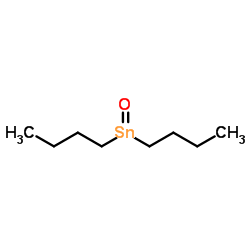
Dibutyltin oxide structure
|
Common Name | Dibutyltin oxide | ||
|---|---|---|---|---|
| CAS Number | 818-08-6 | Molecular Weight | 248.938 | |
| Density | 1,5 g/cm3 | Boiling Point | >300°C | |
| Molecular Formula | C8H18OSn | Melting Point | ≥300 °C(lit.) | |
| MSDS | Chinese USA | Flash Point | 81-83°C | |
| Symbol |




GHS05, GHS06, GHS08, GHS09 |
Signal Word | Danger | |
| Name | dibutyl(oxo)tin |
|---|---|
| Synonym | More Synonyms |
| Density | 1,5 g/cm3 |
|---|---|
| Boiling Point | >300°C |
| Melting Point | ≥300 °C(lit.) |
| Molecular Formula | C8H18OSn |
| Molecular Weight | 248.938 |
| Flash Point | 81-83°C |
| Exact Mass | 250.037964 |
| PSA | 17.07000 |
| LogP | 3.00860 |
| InChIKey | JGFBRKRYDCGYKD-UHFFFAOYSA-N |
| SMILES | CCCC[Sn](=O)CCCC |
| Water Solubility | 4.0 mg/L (20 ºC) |
CHEMICAL IDENTIFICATION
HEALTH HAZARD DATAACUTE TOXICITY DATA
|
| Symbol |




GHS05, GHS06, GHS08, GHS09 |
|---|---|
| Signal Word | Danger |
| Hazard Statements | H301-H315-H317-H318-H341-H360-H370-H372-H411 |
| Precautionary Statements | P201-P260-P273-P280-P301 + P310-P305 + P351 + P338 |
| Target Organs | thymus gland |
| Personal Protective Equipment | Eyeshields;Faceshields;Gloves;type P2 (EN 143) respirator cartridges |
| Hazard Codes | T:Toxic |
| Risk Phrases | R25 |
| Safety Phrases | S36/37/39-S45-S24/25 |
| RIDADR | UN 3146 6.1/PG 2 |
| WGK Germany | 3 |
| RTECS | WH7175000 |
| Packaging Group | II |
| Hazard Class | 6.1 |
| HS Code | 29310095 |
| Precursor 10 | |
|---|---|
| DownStream 10 | |
| HS Code | 29310095 |
|---|
|
Copolyesters made from 1,4-butanediol, sebacic acid, and D-glucose by melt and enzymatic polycondensation.
Biomacromolecules 16(3) , 868-79, (2015) Biotechnologically accessible 1,4-butanediol and vegetal oil-based diethyl sebacate were copolymerized with bicyclic acetalized D-glucose derivatives (Glux) by polycondensation both in the melt at hig... |
|
|
Hydrogen-bond-mediated self-assembly of 26-membered diaza tetraester crowns of 3,5-disubstituted 1H-pyrazole. Dimerization study in the solid state and in CDCl3 solution.
J. Org. Chem. 76(20) , 8223-31, (2011) By using an improved synthetic method reported earlier, the cyclic stannoxanes obtained from RN-diethanolamine (R = Me, Bu) and dibutyltin oxide have been reacted with 1H-pyrazole-3,5-dicarbonyl dichl... |
|
|
Dibutyltin oxide--phenyl isocyanate system for regioselective phenylcarbamoylation of the hydroxy-groups of ribonucleosides.
Nucleic Acids Symp. Ser. (8) , s7-8, (1980) For partial phenylcarbamoylation of the hydroxy-groups of ribonucleosides, dibutyltin oxide--phenyl isocyanate system was found to be surperior to the bis(tributyltin) oxide--phenyl isocyanate system ... |
| Dibutyloxostannane |
| Dibutyloxide of tin |
| EINECS 212-449-1 |
| Tin,dibutyloxo |
| Stannane,dibutyloxo |
| dibutyl tin oxide |
| Dibutyl(oxo)stannane |
| Dibutyloxotin |
| Dibutylstannane oxide |
| Dibutyltin(IV) oxide |
| Di-n-butyl-zinn-oxyd [German] |
| di-n-butyltin oxide |
| Stannane, dibutyloxo- |
| Dibutyltin Oxide GR |
| MFCD00001992 |
| Dibutyltin oxide |
 CAS#:71-36-3
CAS#:71-36-3 CAS#:1002-53-5
CAS#:1002-53-5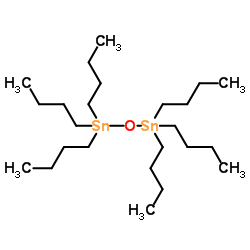 CAS#:56-35-9
CAS#:56-35-9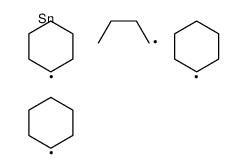 CAS#:7067-44-9
CAS#:7067-44-9 CAS#:1118-46-3
CAS#:1118-46-3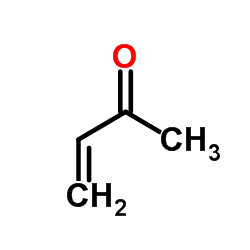 CAS#:78-94-4
CAS#:78-94-4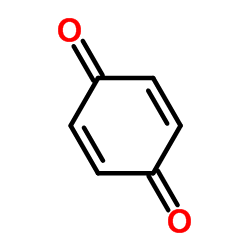 CAS#:106-51-4
CAS#:106-51-4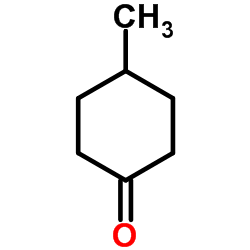 CAS#:589-92-4
CAS#:589-92-4 CAS#:98-53-3
CAS#:98-53-3 CAS#:119-61-9
CAS#:119-61-9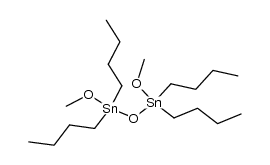 CAS#:5926-85-2
CAS#:5926-85-2 CAS#:1067-55-6
CAS#:1067-55-6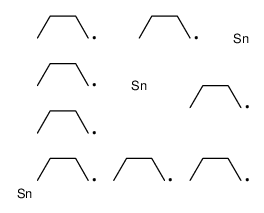 CAS#:1066-68-8
CAS#:1066-68-8![[dibutyl-[2-(2-chlorophenoxy)acetyl]oxystannyl] 2-(2-chlorophenoxy)acetate structure](https://image.chemsrc.com/caspic/340/104697-81-6.png) CAS#:104697-81-6
CAS#:104697-81-6![butoxy-[butoxy(dibutyl)stannyl]oxy-dibutylstannane structure](https://image.chemsrc.com/caspic/111/34833-46-0.png) CAS#:34833-46-0
CAS#:34833-46-0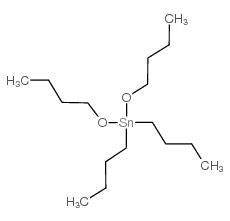 CAS#:3349-36-8
CAS#:3349-36-8 CAS#:563-25-7
CAS#:563-25-7 CAS#:17997-43-2
CAS#:17997-43-2 CAS#:2050-95-5
CAS#:2050-95-5![[(4-aminobenzoyl)oxy-dibutylstannyl] 4-aminobenzoate structure](https://image.chemsrc.com/caspic/069/20556-88-1.png) CAS#:20556-88-1
CAS#:20556-88-1
